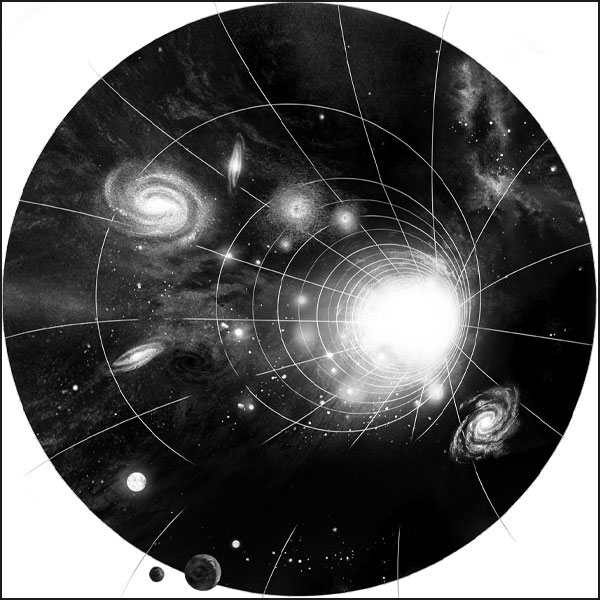PUBLISHING
Smelling a rat with AI
What happens if someone writes an abstract using AI? We look at how science is trying to cope with artificial intelligence.

This diagram was designed by AI. At first glance, it seems to make sense. But then? | Graphic: Guo, Dong and Hao
“Certainly, here is a possible introduction for your topic.” This innocuous sentence has triggered outrage among researchers. It popped up at the start of a paper in an Elsevier journal. The wording is typical of ChatGPT, the prominent artificial intelligence chatbot used to generate texts. It thus seems clear that the abstract for the article in question was written by AI. That in itself wouldn’t be a problem, but the authors hadn’t declared their use of the text generator, while Elsevier’s review processes seemingly failed to notice that this unintentional phrase had remained in place.
It was the publication watchdog Retraction Watch that first became aware of the blunder. This whole thing sounds initially like a comical anecdote, though similar cases are now occurring often. Those that come to light are probably just the tip of the iceberg, believes Elisabeth Bik, a microbiologist and an expert on fake images, who’s written about them in an article for Swissinfo. And she’s been proven right by an even more hair-raising example: there’s an article, published in an open-access journal of Frontiers, that features AI-generated images of a rat with oversized, anatomically preposterous genitals.
So it’s high time that real guidelines were set for the use of AI in scholarly publications. One such effort is being made by the JAMA Network, which publishes medical research. It provides clear guidance on “reporting use of AI in research and scholarly publication”. Transparency is especially important. Authors have to describe what intelligent tool they’ve used, where, and for what purpose. Researchers must also confirm that they are responsible for any content generated by AI. The Swiss National Science Foundation also recently issued a statement that “researchers who use AI for their work are wholly responsible for the results produced”, and that this also applies to the content of research applications.




